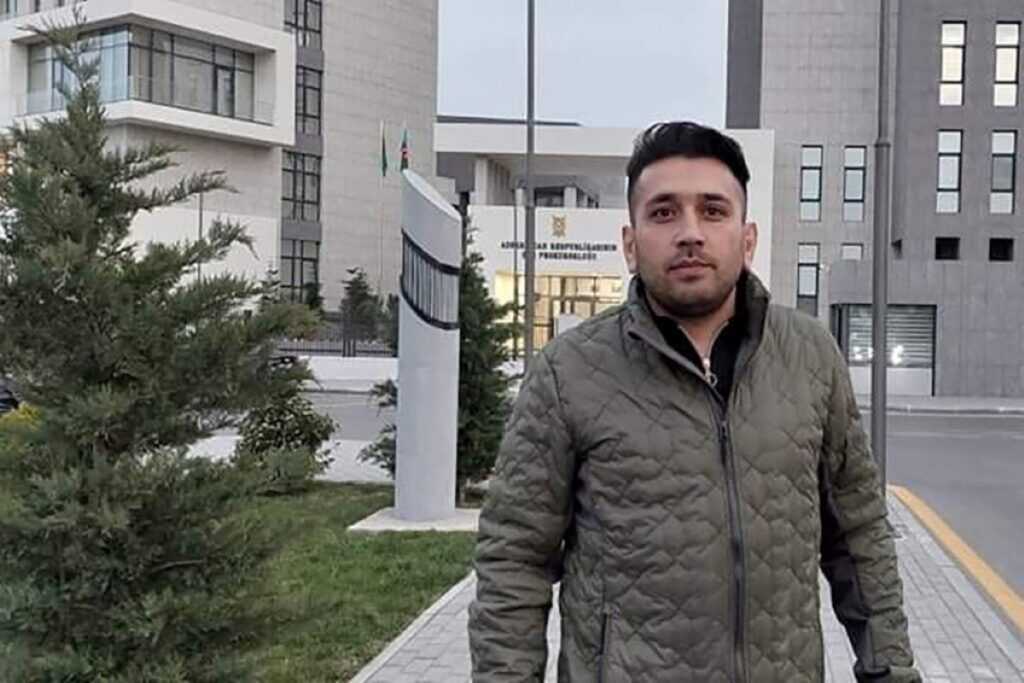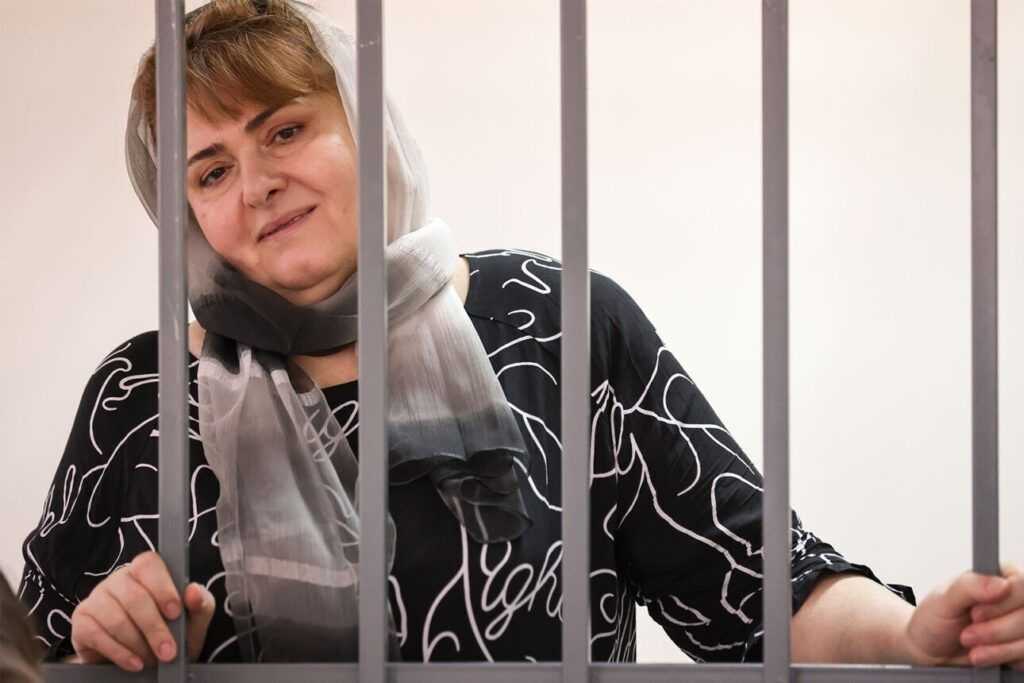A short history of Georgian protests
Georgian political history is no stranger to opposition-set deadlines and ultimatums to the government, yet examples of disappointment far outweigh those of success.
The last time Georgia’s central government was toppled by street protests was in 2003, when the Rose Revolution, led by ex-president Mikheil Saakashvili and his team, toppled Eduard Shevardnadze from power. A few months later, street protests also brought down the local authoritarian leader Aslan Abashidze in the Adjara region.
During the nine years of Saakashvili’s UNM rule, the government survived multiple waves of protest, numerous ultimatums, and political crises, including those in 2007 and 2009. Another unsuccessful anti-government protest in 2011 was ended by a violent dispersal.
Under Georgian Dream, a fragmented opposition has rarely managed to organise unified, large-scale actions. In recent years, most large protests have been less partisan and often spontaneous, triggered by controversial decisions of the ruling party.
The ongoing protests, now lasting over 300 days, followed the government’s EU U-turn and initially attracted significant numbers, though participation has declined over time due various factors including fatigue and state repression.
Will the planned ‘revolution’ on 4 October bring change — and will it truly be a revolution? Only time will tell.



